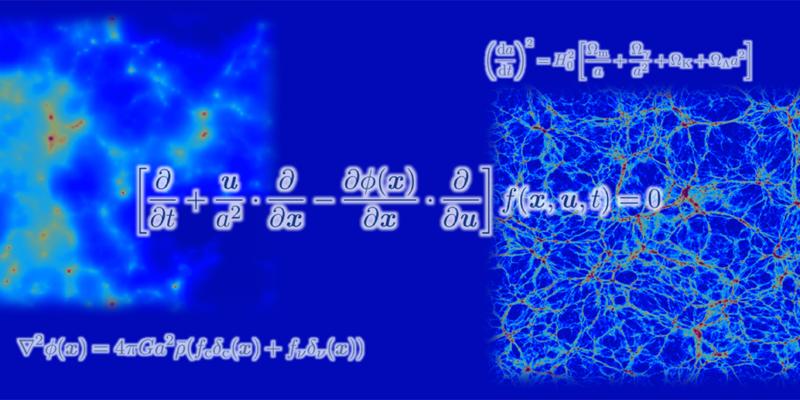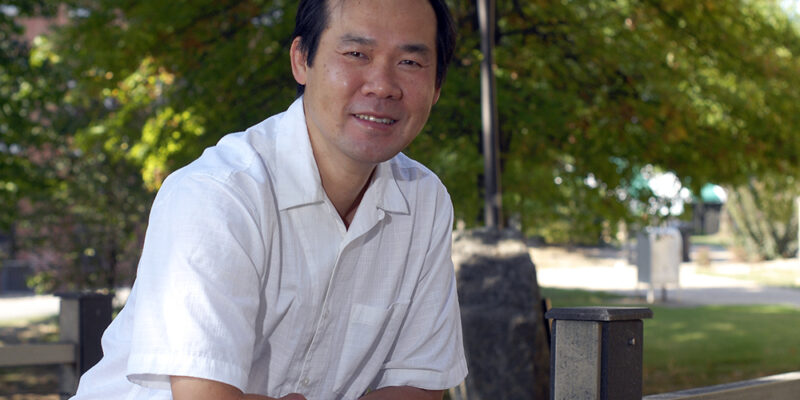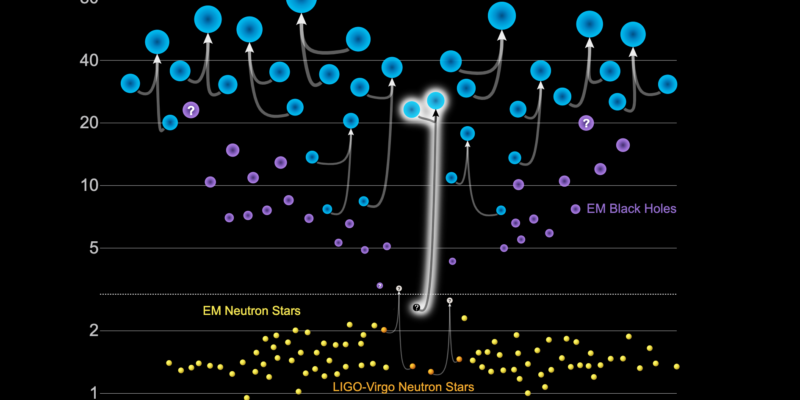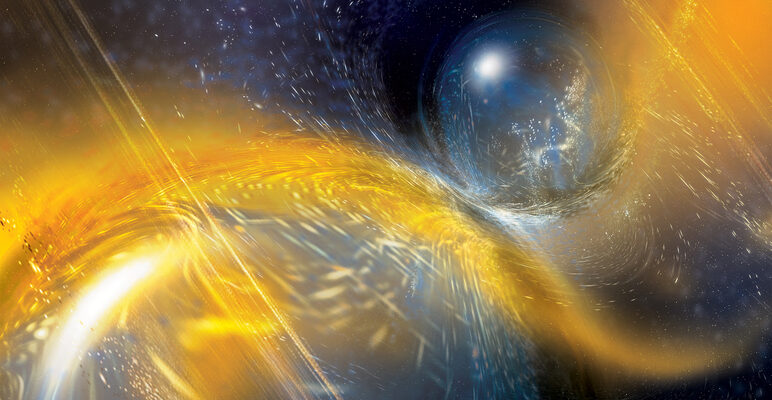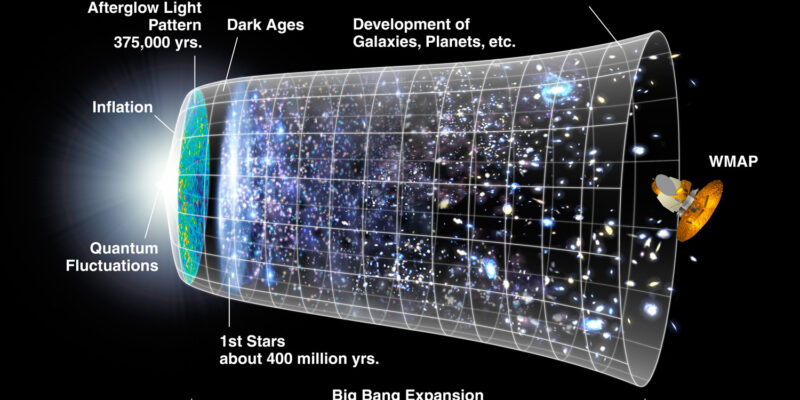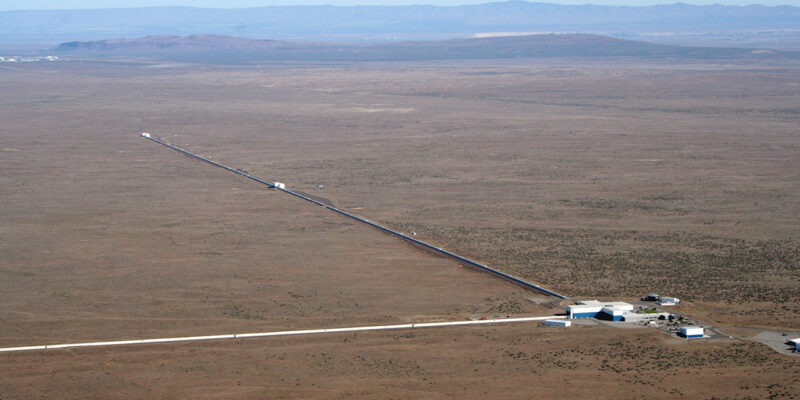Tag: Missouri S&T physics department
Former NASA astronaut to speak at Missouri S&T
Dr. Sandra Magnus, a former NASA astronaut who was recently elected to the National Academy of Engineering, will talk about her career in engineering and space when she presents “Beyond the Horizon” at 7 p.m. Monday, March 7. The talk will be held in-person and on Zoom from Leach Theatre in Castleman Hall, 10th and Main streets, on the Missouri S&T campus. The event is open to the public. Admission is free, but reservations are required for in-person attendance.
Read More »Researchers validate theory that neutrinos shape the universe
The effect that nearly massless, subatomic particles called neutrinos have on the formation of galaxies has long been a cosmological mystery — one that physicists have sought to measure since discovering the particles in 1956. But an international research team has created cosmological simulations that accurately depict the role of neutrinos in the evolution of […]
Read More »Missouri S&T physics professor among the world’s most highly cited researchers
Dr. Yew San Hor, associate professor of physics at Missouri S&T, has been named on the annual Highly Cited Researchers™ 2020 list from Clarivate.
Read More »Missouri S&T researchers help discover ‘black neutron star’ that changes astronomy
Gravitational wave scientists have observed what may be an entirely new population of astronomical objects, and researchers from Missouri S&T played a part in the discovery.
Read More »LIGO-Virgo network catches another neutron star collision
A new study confirms that the Laser Interferometer Gravitational wave Observatory (LIGO) near Livingston, Louisiana observed a neutron star collision on April 25, 2019. The observation is only the second time researchers detected such an event in gravitational waves.
Read More »Missouri S&T researcher listed among highly cited researchers
The Web of Science Group released its international list of Highly Cited Researchers for 2019 this week and included Missouri University of Science and Technology researcher Dr. Yew San Hor.
Read More »Missouri S&T graduate to receive 2020 Breakthrough Prize in Fundamental Physics
Missouri S&T physics graduate Dr. Frederick K. Baganoff will receive the 2020 Breakthrough Prize in Fundamental Physics as one member of the Event Horizon Telescope (EHT) Collaboration. Baganoff is a research scientist at the Massachusetts Institute of Technology’s Kavli Institute for Astrophysics and Space Research. He earned a bachelor of science degree in physics from Missouri S&T in 1985.
Read More »Missouri S&T physics professor celebrates 50 years of teaching excellence
The College of Arts, Sciences, and Business (CASB) at Missouri University of Science and Technology will honor Dr. Jerry L. Peacher, associate chair and professor of physics, who has shared five decades of teaching excellence with Missouri S&T. CASB will host a reception in his honor 3-4 p.m. Wednesday, Sept. 4, in the Carver-Turner Room […]
Read More »Missouri S&T joins LIGO and Virgo’s newest research on neutron star smash-ups
This spring semester, Missouri S&T became the state’s only institution to join the worldwide LIGO (Laser Interferometer Gravitational-wave Observatory) Scientific Collaboration (LSC) of researchers committed to detecting cosmic gravitational waves. This research explores the fundamental physics of gravity using the emerging field of gravitational wave science as a tool for astronomical discovery.
Read More »
